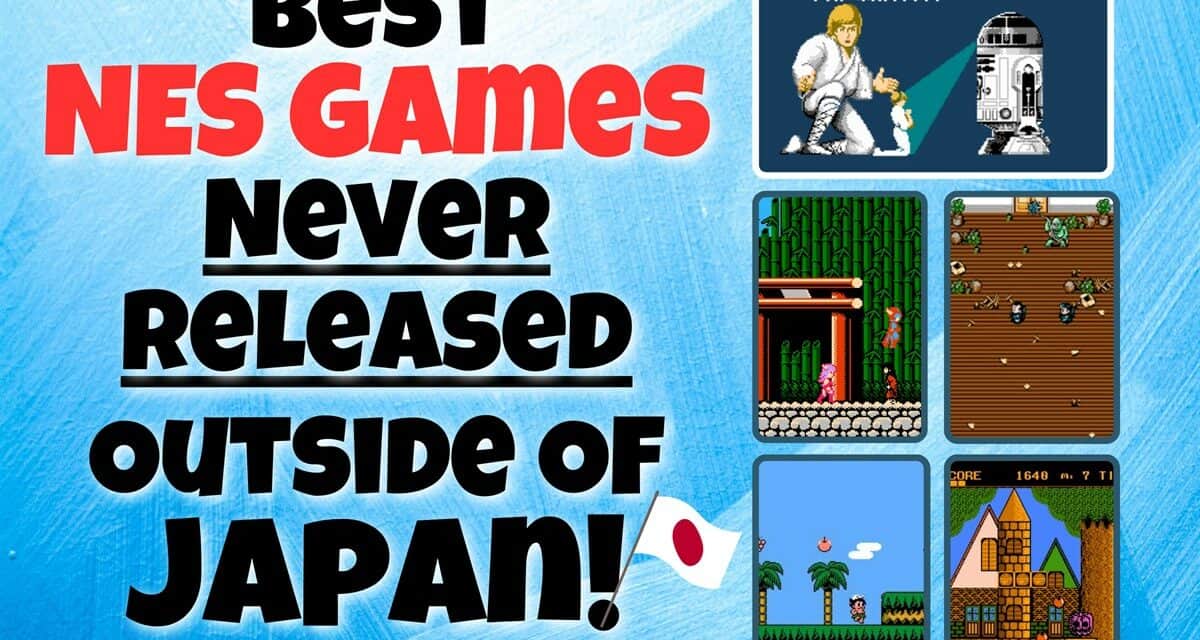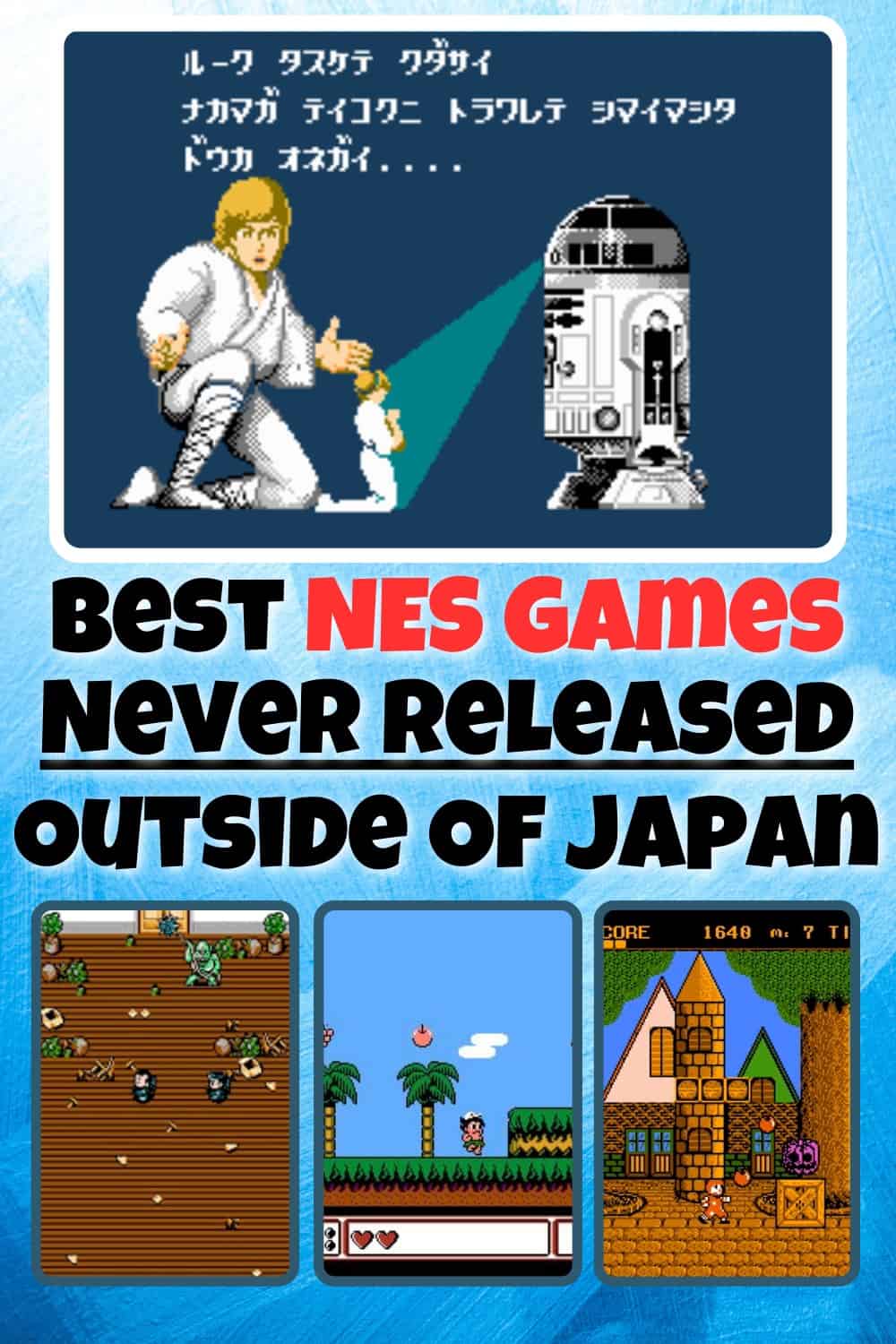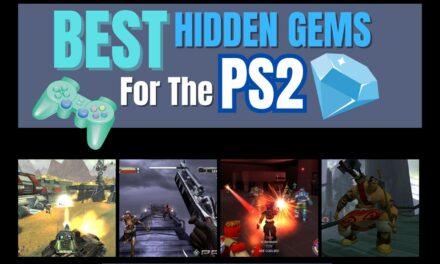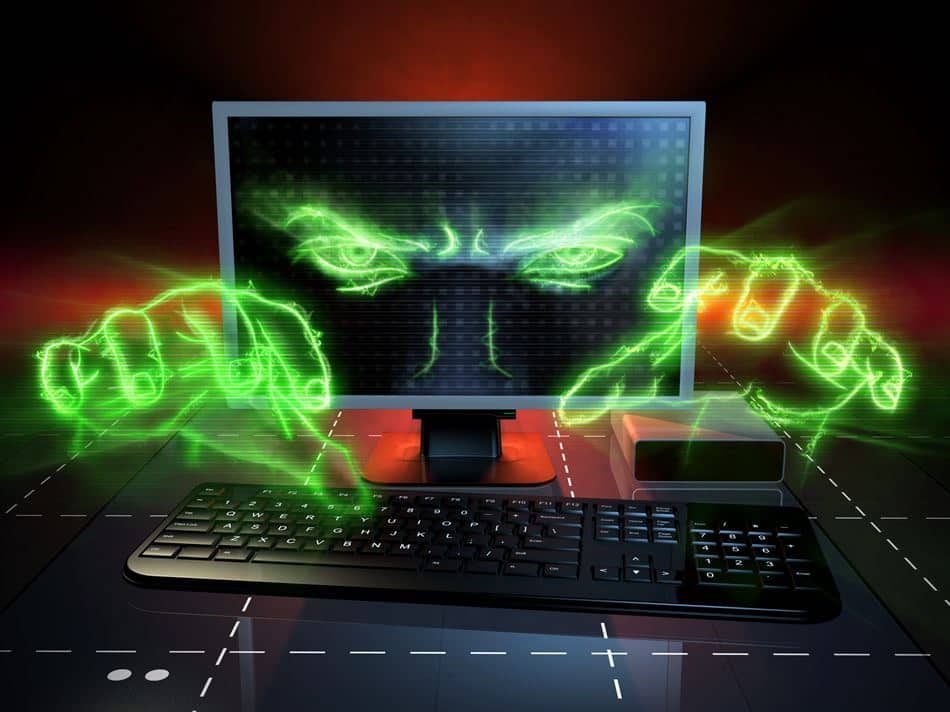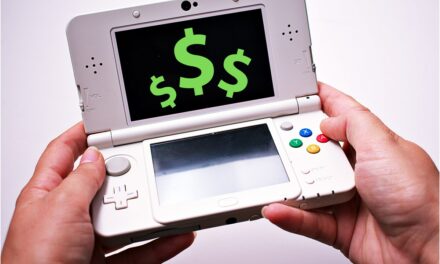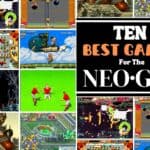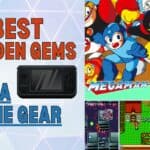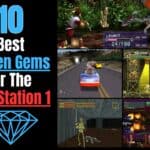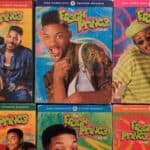This year marks the 40th anniversary of the Famicom. Launched in Japan by Nintendo on July 15th, 1983, this 8-bit console forever changed the face of gaming and set the stage for a monumental shift within home entertainment that would be felt around the world for years to come.
Eventually making its way to North America in 1985 as the Nintendo Entertainment System, the Family Computer not only succeeded in bringing an entire video game industry back from the brink but birthed some of the biggest names in pop culture thanks to games like Super Mario Bros., Metroid and The Legend Of Zelda.
While most Famicom and NES games would be released on both consoles. , there are more than a few Nintendo titles that never left Japan in their original form. That’s because, for one reason or another, there are several Famicom games that never saw a release in North America.
Thankfully there are many ways that you can play Famicom games on an NES, and with the aforementioned 40th anniversary of the console right around the corner, we are here to tell you where to start. Here is a look at The
Best Nintendo NES Games Never Released Outside Of Japan
Star Wars
Published by Namco and developed by Paccari Games, this 1987 platformer sees players taking on the role of Luke Skywalker as he travels across the galaxy to join the Rebel Alliance.
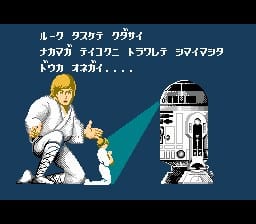
Armed with a lightsaber and a few force abilities, you’ll visit exotic planets, battle hordes of Stormtroopers, and even cross blades with Darth Vader and a number of his shape-shifting minions.
Yes, this one deviates from the source material quite a bit. However, it also looks really nice and offers up enough of a challenge for even the most seasoned of gamers thanks to a heightened level of difficulty.
New Ghostbusters II
Brought to market by HAL Laboratory in 1990, this single-player action game allows players to select two different characters – one to man the proton pack and the other, controlled by the CPU, to use the ghost trap.
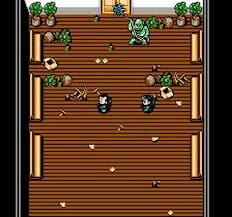
Featuring simplistic controls and strong level design, it’s leaps and bounds better than what we got here in North America and is perhaps one of the best examples of how to successfully transition the Ghostbusters concept into the world of gaming.
While a home console version never reached the West, we would get a slightly modified port on the Game Boy before the end of the year.
Donald Land
A 1988 platform game from Data East in association with McDonald’s, Donald Land sees players controlling famed franchise mascot Ronald McDonald as he looks to rescue his kidnapped pals and bring peace to McDonaldland.
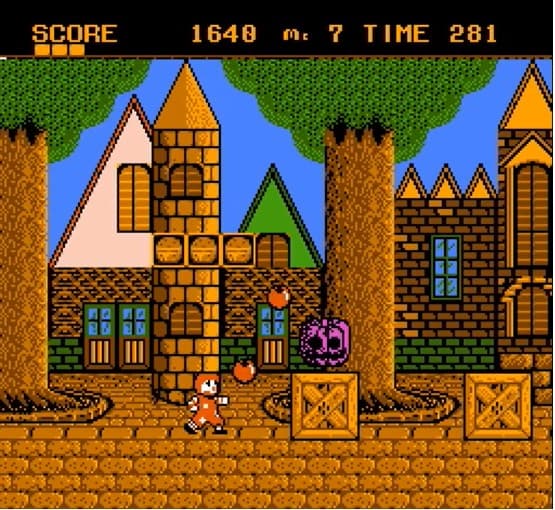
Featuring a full cavalcade of classic characters and some truly terrifying bosses that probably won’t do anything to cure coulrophobia, Donald Land dares to embrace its weirdness at a time when these characters were being phased out of advertising thanks to a lawsuit courtesy of Sid and Marty Krofft.
It’s downright bonkers to be sure, but a solid platformer besides.
Mother
A 1989 role-playing game from Ape, Mother is set in a slightly offbeat 20th Century United States and is modeled off the gameplay of the Dragon Quest series.
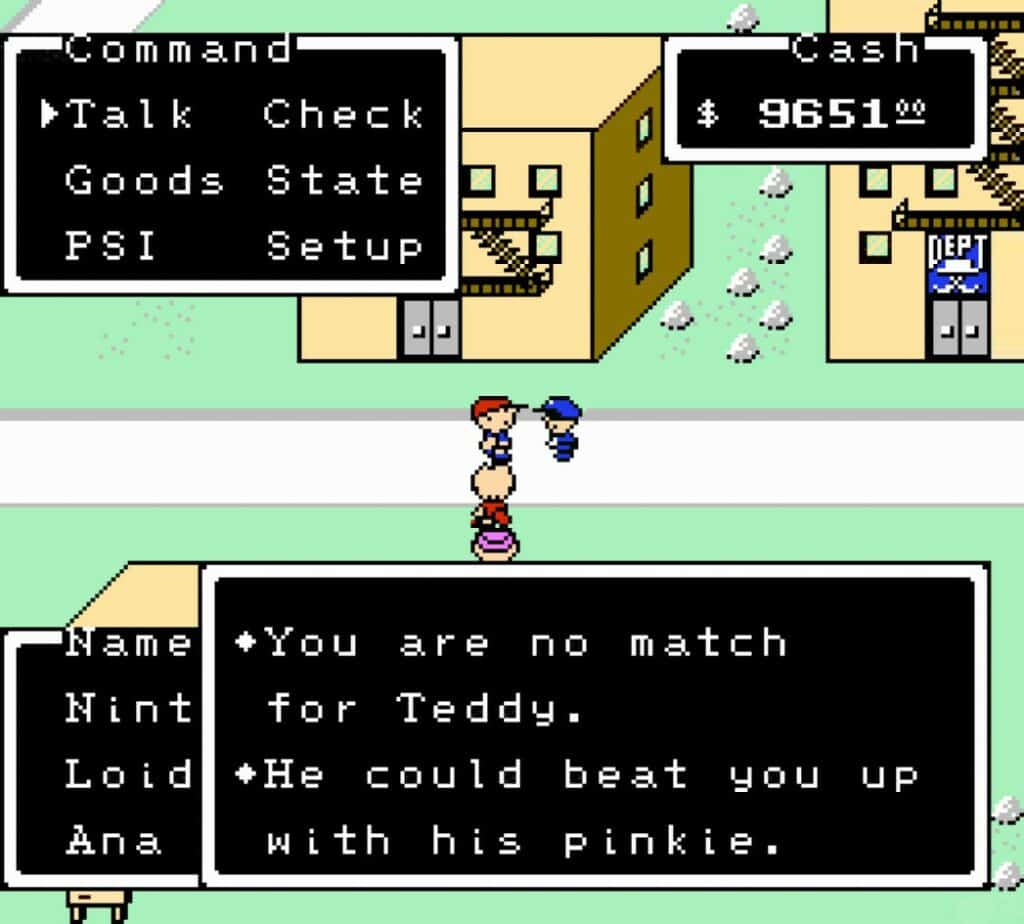
Brimming with loads of oddball humor and plenty of weirdness to boot, it follows young Ninten as he uses a host of special abilities to fight off a number of different enemies ranging from aliens to robots with help from his friends.
Praised for its similarities to the Dragon Quest series, as well as its successful use of a first-person perspective battle system and its unabashed parody of genre clichés, the game would eventually be made available in North America through the Wii U Virtual Console service in June 2015.
Love Warrior Nicol (Ai Senshi Nicol)
A 1987 action-adventure game from Konami, this one follows a genius inventor as he runs around a series of complicated maps and gathers pieces of a scattered device in the hopes of rescuing his girlfriend and stopping an evil dictator in his plans for galactic conquest.
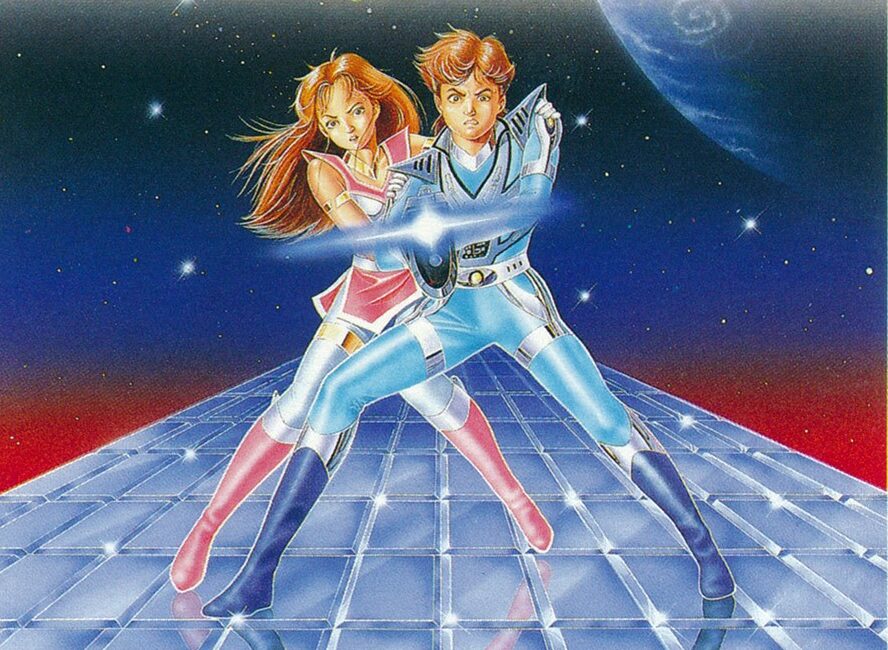
While Love Warrior Nicol clearly takes some inspiration from The Legend Of Zelda, it also features plenty of unique concepts and fresh ideas that still make it an entertaining title in its own right.
Gradius II
When it comes to 8-bit space shooters, few can hold a candle to Gradius.
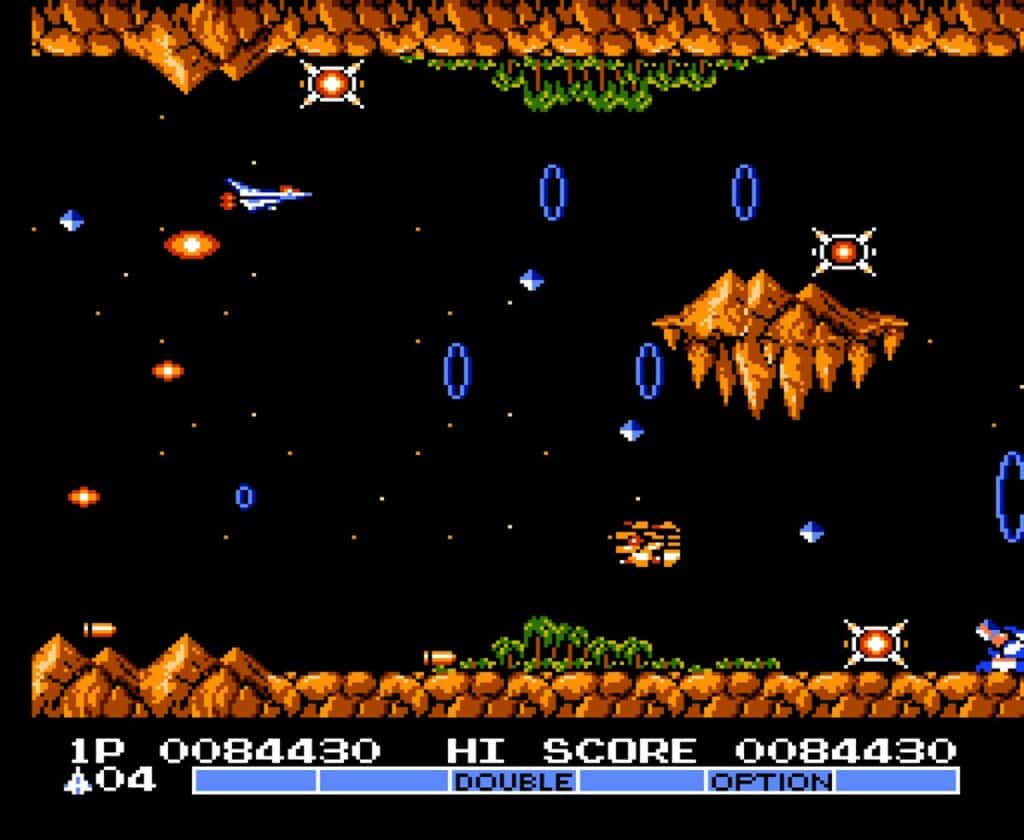
For the sequel, Konami took things up a notch by introducing a new weapons system and a host of fresh challenges that culminate in a truly nightmarish final boss. And it all came packed on a special cartridge with enhanced graphics and sound.
To put it bluntly, Gradius II was an improvement over its predecessor in every possible way. It’s just too bad the franchise never really took off in North America.
Joy Mech Fight
Published by Nintendo and released in 1993, this 8-bit fighting game is a one-on-one slugfest that focuses on giant robots battling it out for supremacy at a time when a generational shift between the Famicom and the Super Famicom was underway (and the SNES had several great games that never left Japan).
Credited for utilizing the console’s audio and video capabilities to the fullest extent possible, Joy Mech Fight is considered by many to be one of the most important releases to find a home on the Famicom.
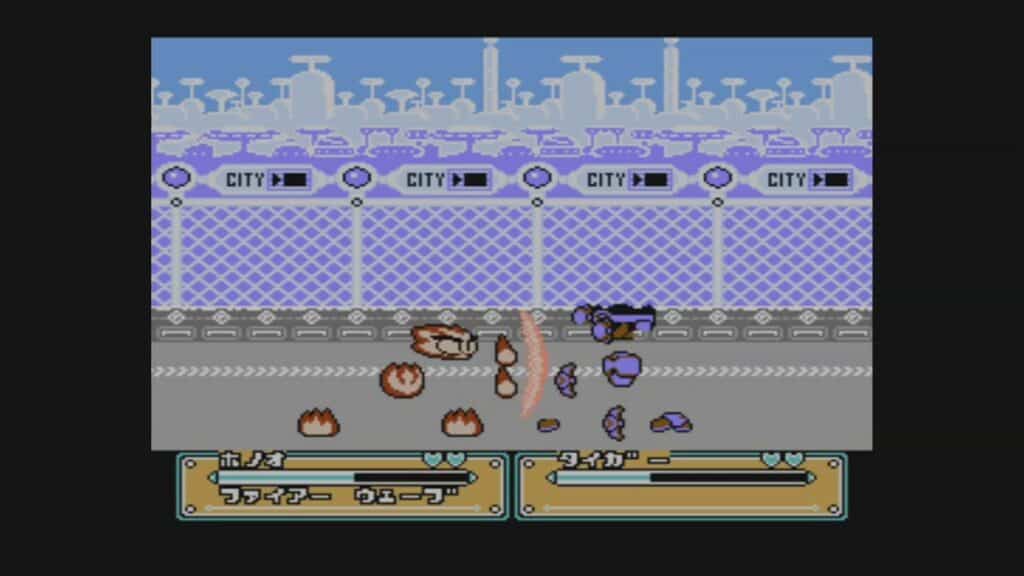
Featuring strong sprite designs, detailed backgrounds, and an impressive roster of some 32 different playable characters, it was a true swan song of a game that dared to show the world that graphical limitations and less-than-optimal tech meant nothing in the right hands!
Nekketsu Fighting Legend
Part of the River City Ransom series, this tournament-style fighter from Technōs Japan hit the Famicom at the end of 1992 and took the concept of your average beat ‘em up and transformed it into a four-man fighter that’s a total blast to play.
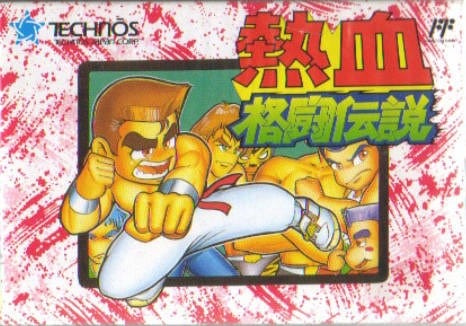
While the graphics are nothing to write home about, the level layout looks to up the difficulty of contemporaries like Knuckle Heads by placing various traps throughout the stage. From landmines to walls surging with lightning, Nekketsu Fighting Legend is downright nuts on occasion, but also kind of incredible.
Fighter fans will be hard-pressed to find a title from the period that’s as fantastic as this one!
Konami Wai Wai World
This 1988 team-up title takes place in Konami World and sees the various Konami heroes teaming up in an insane mixture of platforming and shoot ’em-up levels that’s like something straight out of an 8-bit fever dream.

Everyone from Mega Man to Simon Belmont shows up, alongside a host of hilariously playable characters ranging from King Kong to Mikey Walsh!
Yep, Komani went all out with this one, giving gamers in Japan something that we North American kids could only dream of as we watched Captain N And The Video Game Masters over a bowl of Froot Loops on Saturday mornings. And to think, this was more than a decade before Super Smash Brothers landed on the Nintendo 64!
Adventure Island 4 (Takahashi Meijin no Bouken jima IV)
One part outcast, one part technical marvel, Adventure Island IV was a joint venture from Hudson Soft and Now Productions that pushed the capabilities of the console’s hardware to the very max.
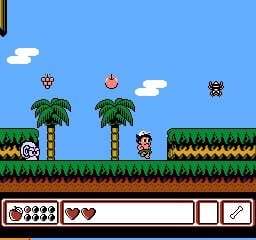
Featuring a ton of special abilities and weapons that can be unlocked throughout the game and a fresh emphasis on exploration, it’s a real shame that this one never made it out of Japan.
But, with the Super Nintendo looming large in the marketplace and public interest in 8-bit games waning, I suppose it made sense for Hudson Soft to put Master Higgins’ final adventure to bed amid a consumer base still hungry for such things. Even if it meant we missed out on quite the gem.
